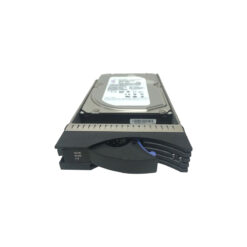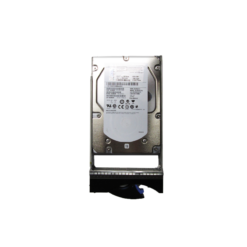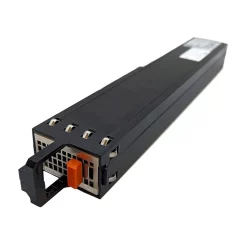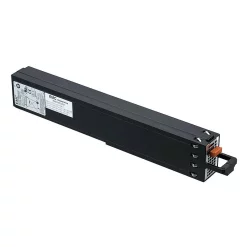EMC VNX Troubleshooting Essentials: Solutions to Keep Your Storage Systems Running Smoothly
Identifying the Problem: Performance Degradation in EMC VNX Storage Systems
Performance degradation in EMC VNX storage systems can manifest as slow response times, reduced data throughput, and bottlenecks affecting overall application performance. This issue is a critical concern for IT professionals because it can lead to decreased productivity, customer dissatisfaction, and potential financial losses. Understanding and addressing the root causes of these performance issues is essential to maintaining high efficiency and reliability in enterprise storage environments.
Potential Impact
- Increased latency in transaction-heavy applications
- Disruption in business continuity operations
- Prolonged downtime leading to revenue loss
Common Causes of Performance Degradation
Disk I/O Bottlenecks
One of the most frequent culprits behind EMC VNX performance issues is disk I/O bottlenecks. These occur when the system’s disks can’t keep up with the amount of data requested by applications, leading to slow access times.
Misconfigured Storage Pools
Storage pools that are not optimally configured can result in inefficient usage of hardware resources, such as unused disk capacity or imbalanced workloads distributed across drives.
Network Latency
Network-related issues, such as suboptimal configuration of switches or excessive network traffic, can contribute to sluggish data transfer rates between storage systems and client devices.
Practical Solutions and Troubleshooting Steps
Analyzing Disk I/O Performance
- Use
Unisphereto monitor Disk Performance metrics. Pay close attention to Write/Read Latency and I/O Operations per Second (IOPS). - Identify abnormal patterns or spikes in usage. A higher than usual queue length can indicate that the disks are overwhelmed.
- Consider implementing Tiering to move frequently accessed data to faster storage media.
Optimizing Storage Pool Configuration
- Examine your RAID configurations. Ensure you’re using the appropriate RAID level for your workload.
- Verify that your storage pool capacities are not over-provisioned or under-utilized. Adjust as necessary using the
Unisphereinterface. - Utilize Thin Provisioning to enhance flexibility and efficient use of capacity.
Addressing Network Latency
- Ensure that all network interfaces are configured correctly and check for any misconfigured VLANs.
- Use tools like
pingandtracerouteto diagnose network path issues. - Implement Quality of Service (QoS) to prioritize storage traffic.
Best Practices
- Regularly update storage system firmware to ensure compatibility and performance optimizations.
- Engage in routine system audits to identify potential issues before they impact performance.
- Maintain an updated performance baseline for your VNX systems to help in identifying deviations.
Real-World Examples
An experienced IT manager noted a persistent increase in write latency during peak business hours. By conducting a thorough analysis of the I/O patterns and adjusting the storage pool configuration, the manager effectively mitigated the issue, showcasing the practical application of these troubleshooting measures in a real-world environment.












